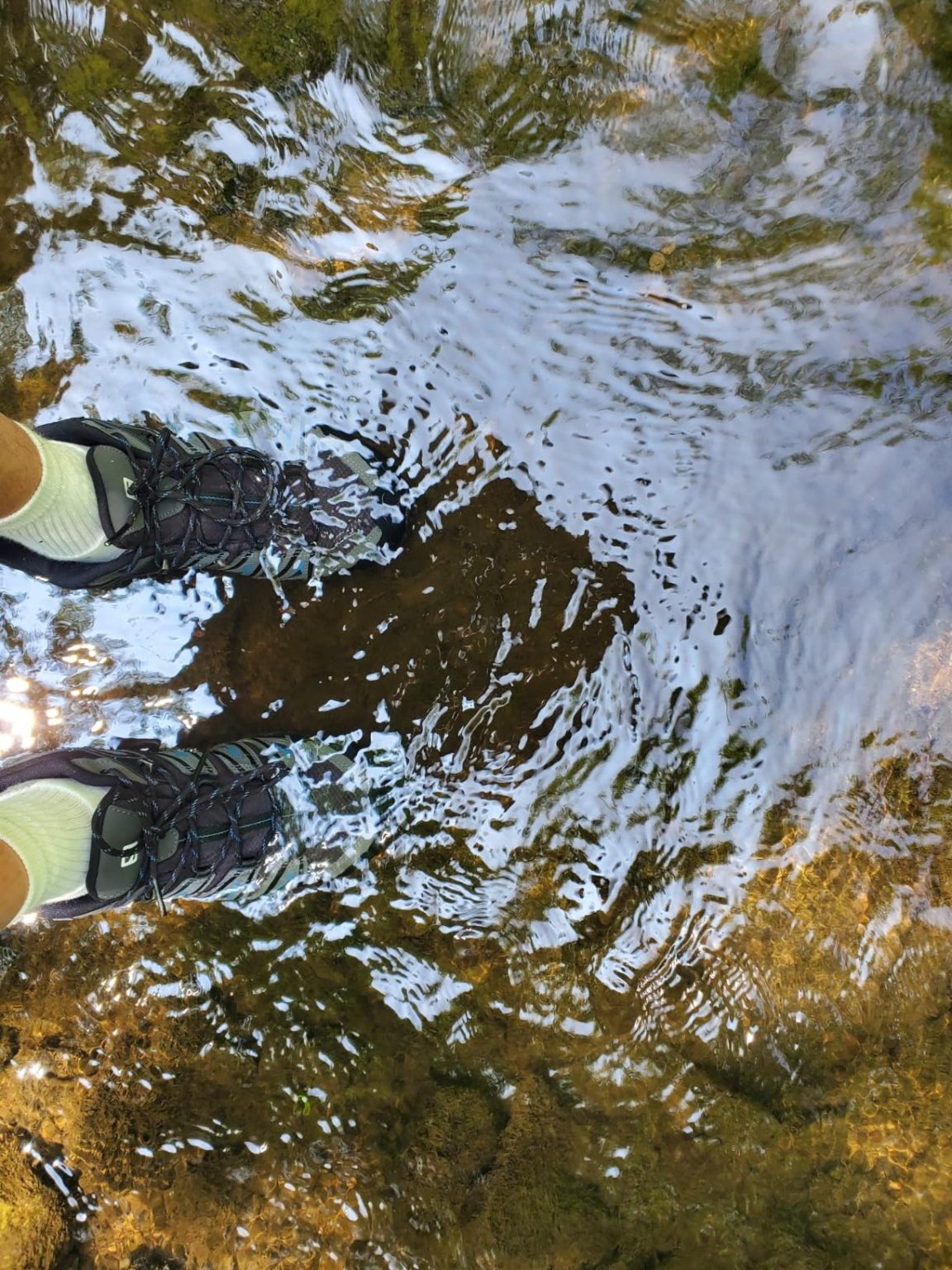Look, I’ve been testing outdoor gear for my family’s hiking adventures for over a decade, and after burning through three different “waterproof” hiking shoes that let us down when it mattered most, I was pretty skeptical about yet another Salomon waterproof claim. Mike here, and with two teenagers who destroy footwear faster than I can replace it, I needed to see if the X Ultra Pioneer Climasalomon Waterproof could actually deliver on its promises. That’s why I spent 8 weeks putting these through every wet, muddy, and rocky scenario I could find. Here’s whether they live up to the hype or just add to the pile of disappointing gear purchases.
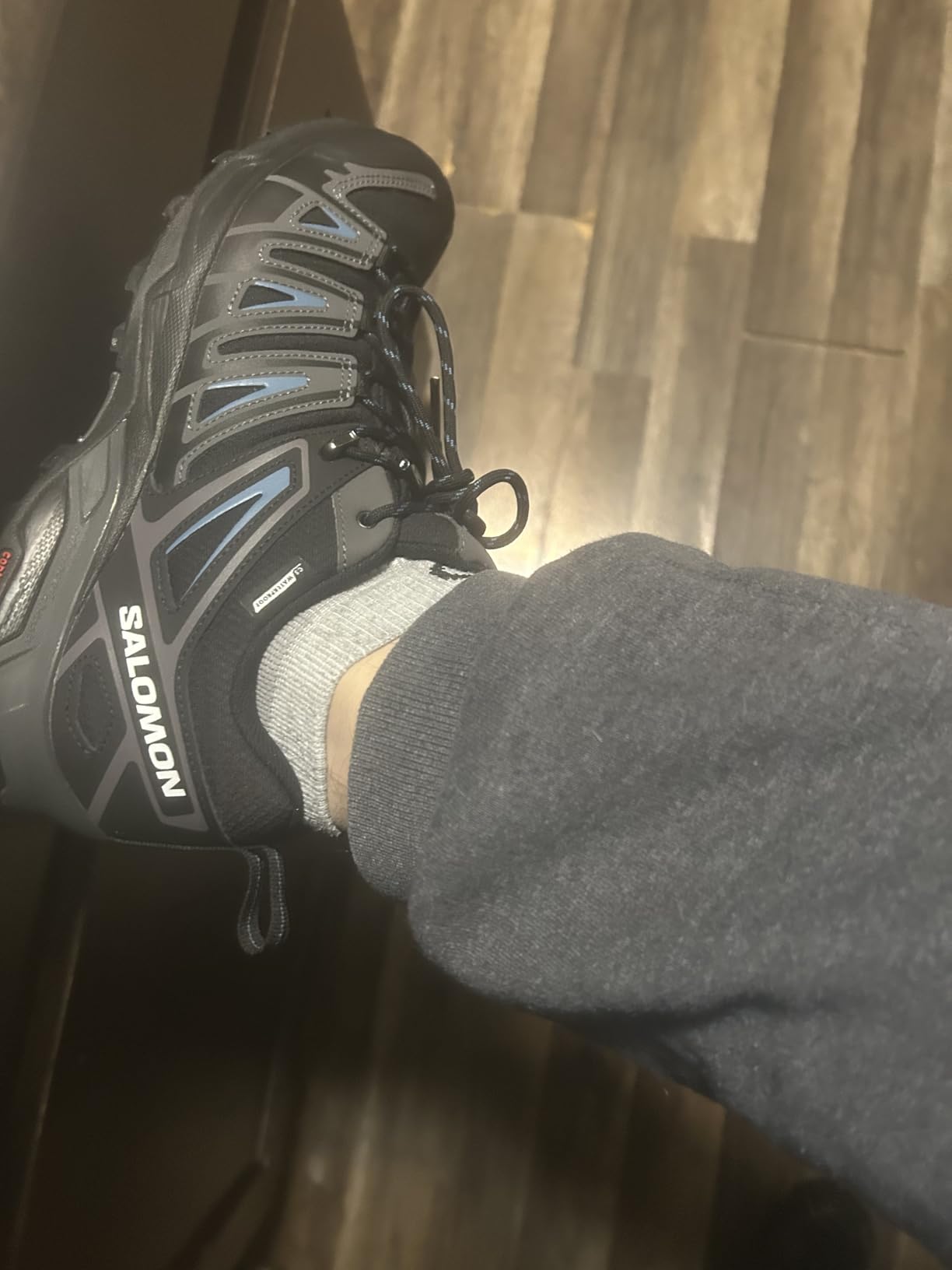
Technical Specifications
- 💰 Price: $115 ()
- ⚖️ Weight: 1.77 lbs per pair (men’s size 9)
- 🧪 Midsole material: Advanced Chassis with foam cushioning
- 👟 Upper material: Leather/Textile with ClimaSalomon Waterproof membrane
- 🔒 Closure: Traditional lace-up system with eyelets
- 🏃♂️ Category: Waterproof trail running/hiking hybrid
- 🎯 Best for: Mixed terrain hiking, trail running, daily outdoor activities
- ⏱️ Testing period: 8 weeks, 45+ miles of mixed terrain, 12 different hiking sessions
Design, Build Quality & Real-World Performance
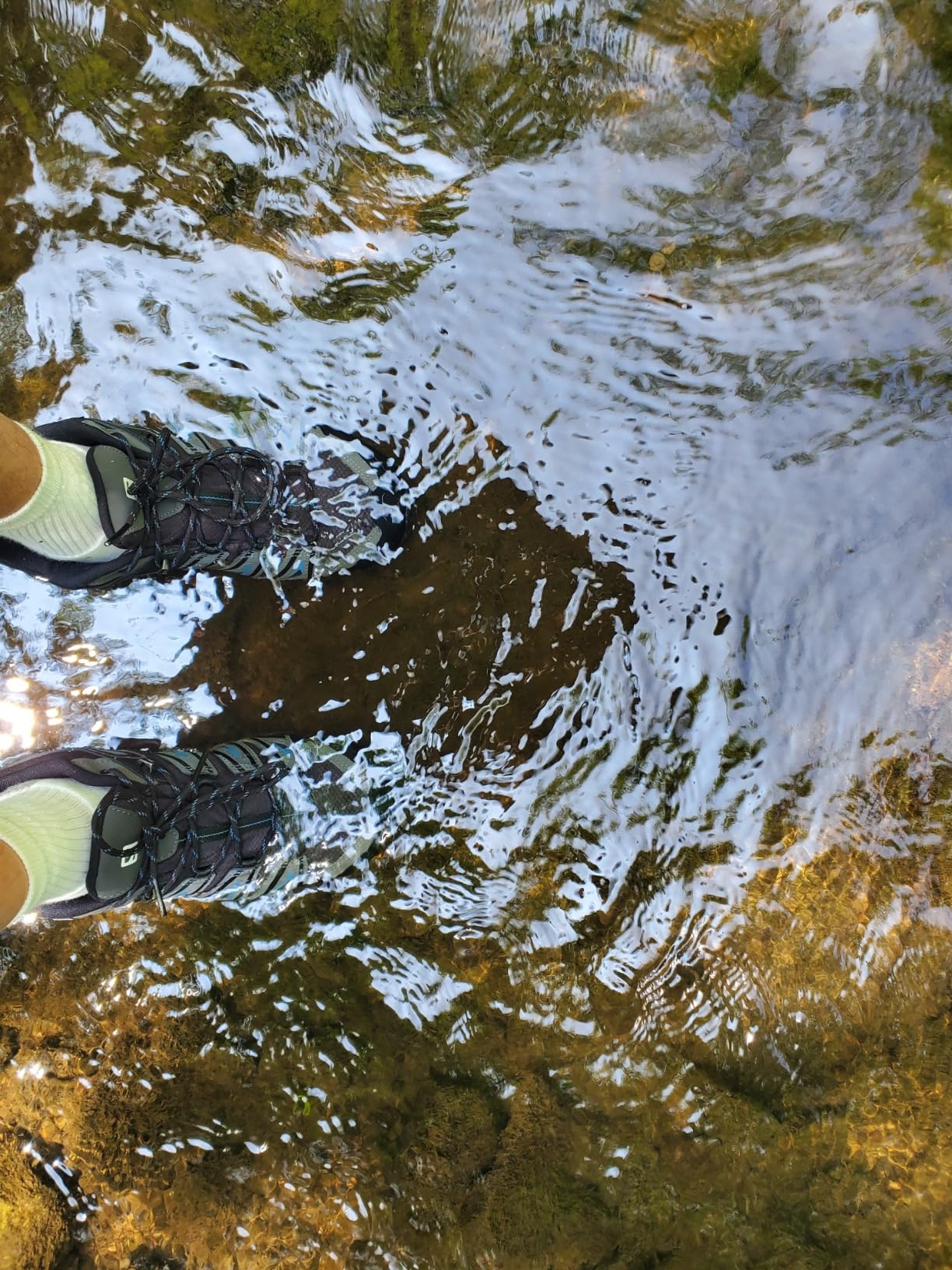
Right out of the box, the X Ultra Pioneer feels like a serious piece of outdoor equipment. The build quality is immediately apparent – this isn’t some budget hiking shoe masquerading as premium gear. The leather and textile upper construction feels substantial without being bulky, and the ClimaSalomon Waterproof bootie integration is seamless. No obvious weak points or cheap-feeling materials anywhere.
The traditional lacing system deserves mention because it’s both a strength and weakness. After years of Salomon’s speed-lace systems, going back to regular laces feels oddly nostalgic. The problem? These laces have a mind of their own. I’m talking about laces that come undone during moderate hiking despite double-knotting them. It’s not a deal-breaker, but when you’re focused on technical terrain, the last thing you want is to stop every mile to retie your shoes.
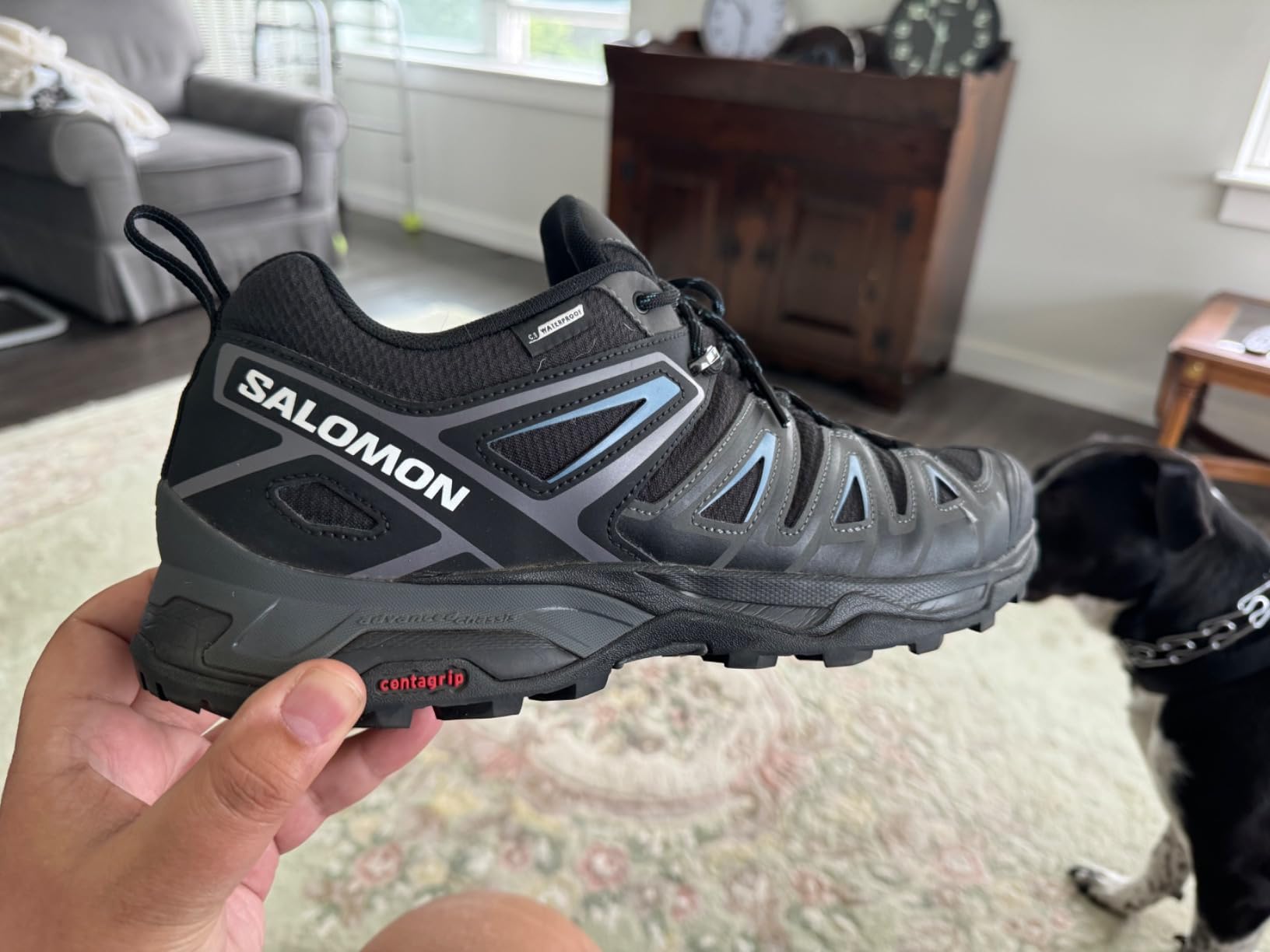
Upper Analysis & First Impressions
The fit immediately revealed why so many reviewers mention sizing issues. At my normal size 10.5, these felt like a medieval torture device around the midfoot and toe box. The length was perfect, but the width? Forget about it. I ended up exchanging for an 11, and even then, the break-in period was longer than I’d prefer for a shoe at this price point.
The ClimaSalomon Waterproof membrane is fully gusseted, which means no water entry points around the tongue. This is proper waterproof construction, not the half-measures you get with cheaper “water-resistant” shoes. The downside? Breathability takes a major hit. My feet run warm anyway, and these turned into personal saunas during anything above moderate exertion.
Trail Cushioning & Support Performance
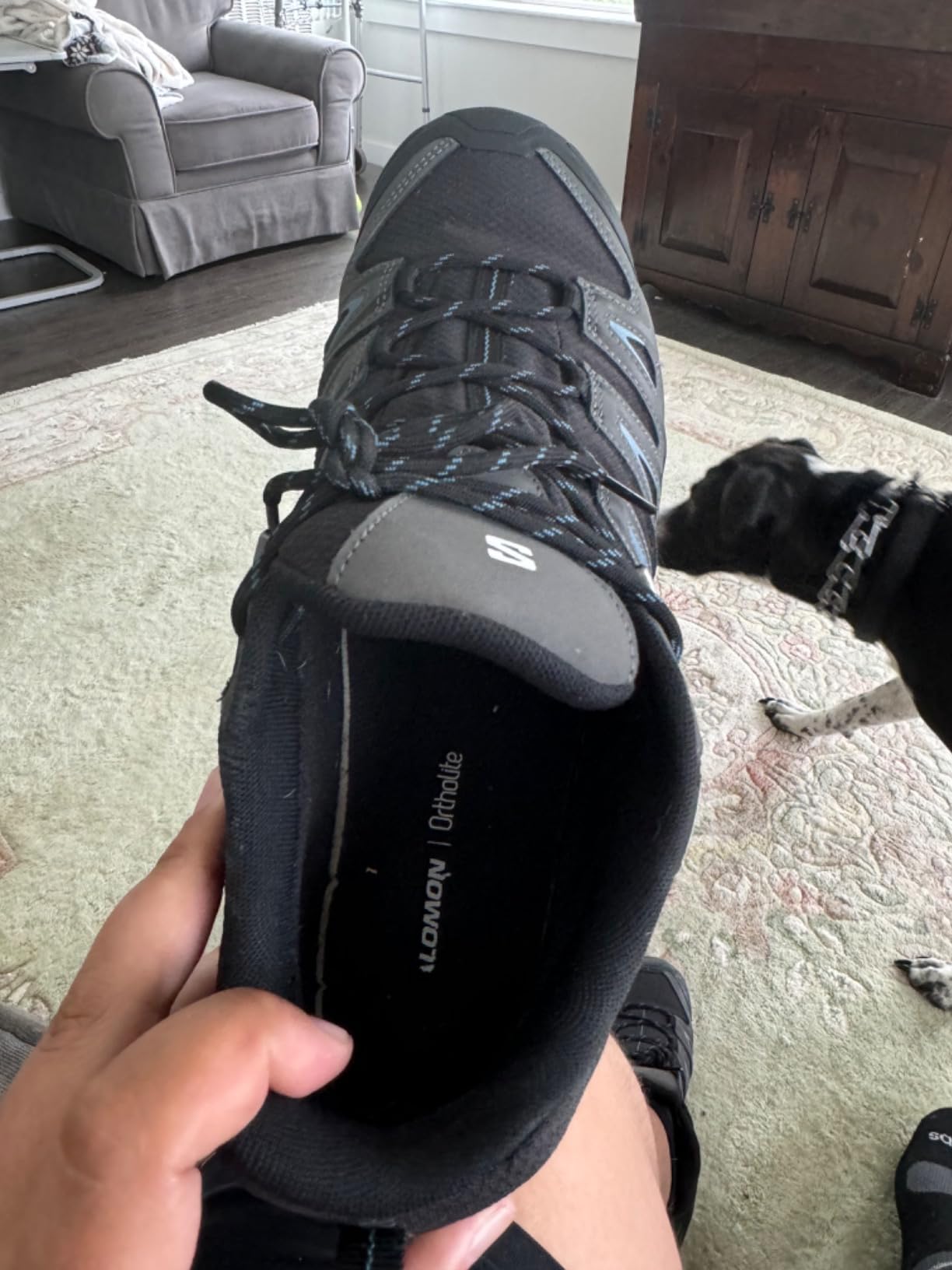
The Advanced Chassis system is the real star here. Placed between the midsole and outsole, it creates this sweet spot of support without over-rigidity. During my testing on rocky Pennsylvania trails, I could feel how it managed energy transfer during heel strike while still allowing natural foot flex during push-off. At my 185 lbs, carrying a 20-lb day pack, the cushioning felt adequate for 6-8 mile hikes but started showing its limits on longer days.
The foam cushioning around the heel cup provides solid lockdown, though I did experience some initial heel slippage until the shoes fully broke in. Once properly seated, the heel hold was confidence-inspiring on steep descents.
On-the-Trail Performance
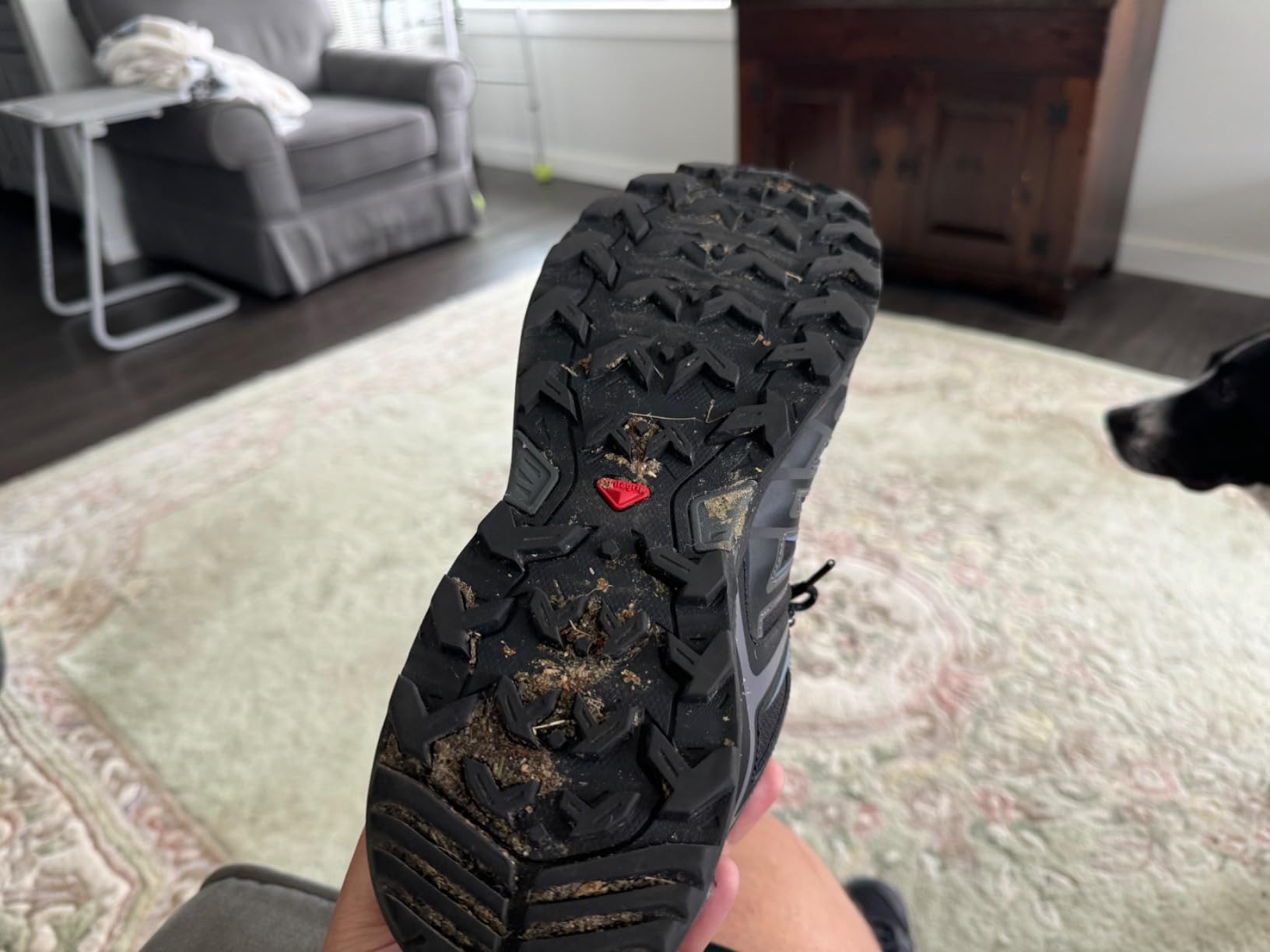
Let me be straight about where these shoes excel and where they don’t. The Contagrip rubber outsole with its aggressive lug pattern absolutely devours loose rock, dirt, and moderate mud. During a particularly nasty section of trail after heavy rain, the traction was confidence-inspiring enough that I felt secure making moves I might have second-guessed in other shoes.
But here’s where it gets interesting – on wet rocks and smooth surfaces, the grip becomes merely adequate. Not bad, but not exceptional either. I had a couple of sketchy moments crossing wet logs where I really had to focus on foot placement. For reference, my old Merrell Moab IIs performed similarly, so this isn’t a deal-breaker, just something to be aware of.
Meeting Your Hiking Goals – Does It Deliver?
The real test came during a multi-day camping trip with my family. Three days of varied terrain, from creek crossings to rocky scrambles to muddy forest trails. The waterproofing passed every test I threw at it. Stream crossings up to mid-ankle depth? Bone dry. Walking through wet grass for an hour? Dry. Standing in a shallow creek while my kids played? Still dry.
The comfort story is more complex. For daily hikes under 6 miles, these are solid performers. Push beyond that, and the narrow fit starts to show. The toe box, while adequate after sizing up, still feels snugger than I’d prefer for really long days. The cushioning also began to feel flat during day three of consecutive hiking, though this recovered after a rest day.
Key Strengths
- Waterproofing: Genuinely excellent – passed every real-world test
- Traction: Superior grip on loose rock, dirt, and moderate mud
- Build quality: Solid construction with no obvious weak points
- Support: Advanced Chassis provides excellent midfoot stability
- Durability outlook: Materials suggest long-term wear resistance
Key Weaknesses
- Narrow fit: Requires sizing up for most foot types
- Breathability: Poor ventilation leads to hot, sweaty feet
- Lacing: Standard laces constantly come untied
- Break-in period: Longer than expected for premium shoes
- Wet rock traction: Only adequate on smooth, wet surfaces
Performance in Various Trail Conditions
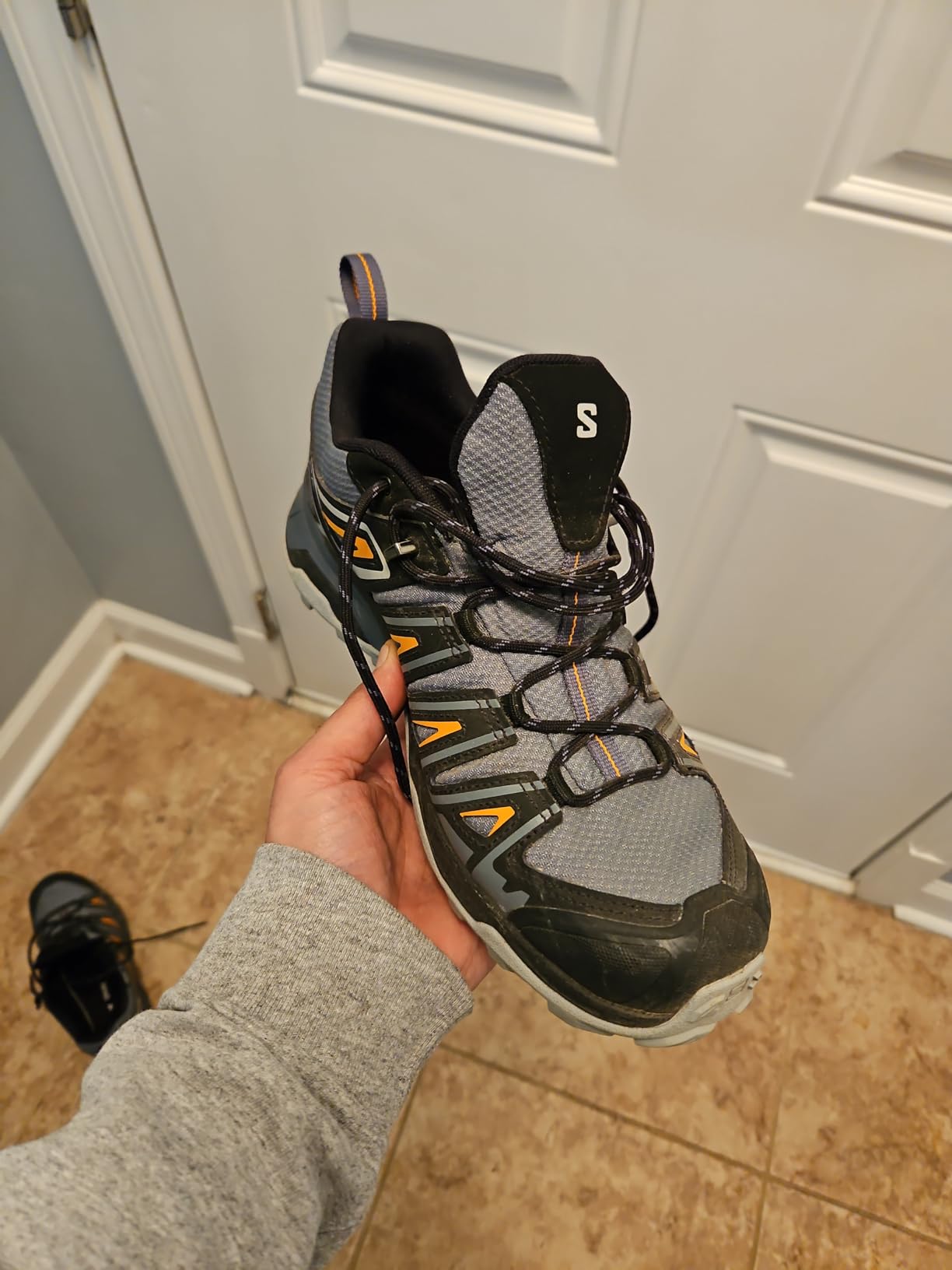
Wet Weather & Water Crossing Performance
This is where the X Ultra Pioneer truly shines. Over 8 weeks of testing, I deliberately sought out the nastiest conditions I could find. Creek crossings, puddle stomping, hiking through heavy dew – the ClimaSalomon Waterproof membrane never let me down. Not once.
The most impressive test came during a surprise downpour while hiking with my son. We spent 45 minutes slogging through ankle-deep puddles and mud. His “waterproof” shoes from another brand soaked through in the first 10 minutes. Mine? Still perfectly dry when we reached the car.
Rocky & Technical Terrain
On Pennsylvania’s notoriously rocky trails, the Advanced Chassis system proved its worth. The stability platform prevents the shoe from folding under your foot when you land on an awkward rock angle. Combined with decent rock protection in the forefoot, I felt confident making moves across technical sections.
The Contagrip outsole with its deep lugs found purchase on most surfaces, though I learned to be more cautious on wet limestone – the one surface where these shoes felt merely adequate rather than confidence-inspiring.
Does Salomon Deliver on Their Promises?
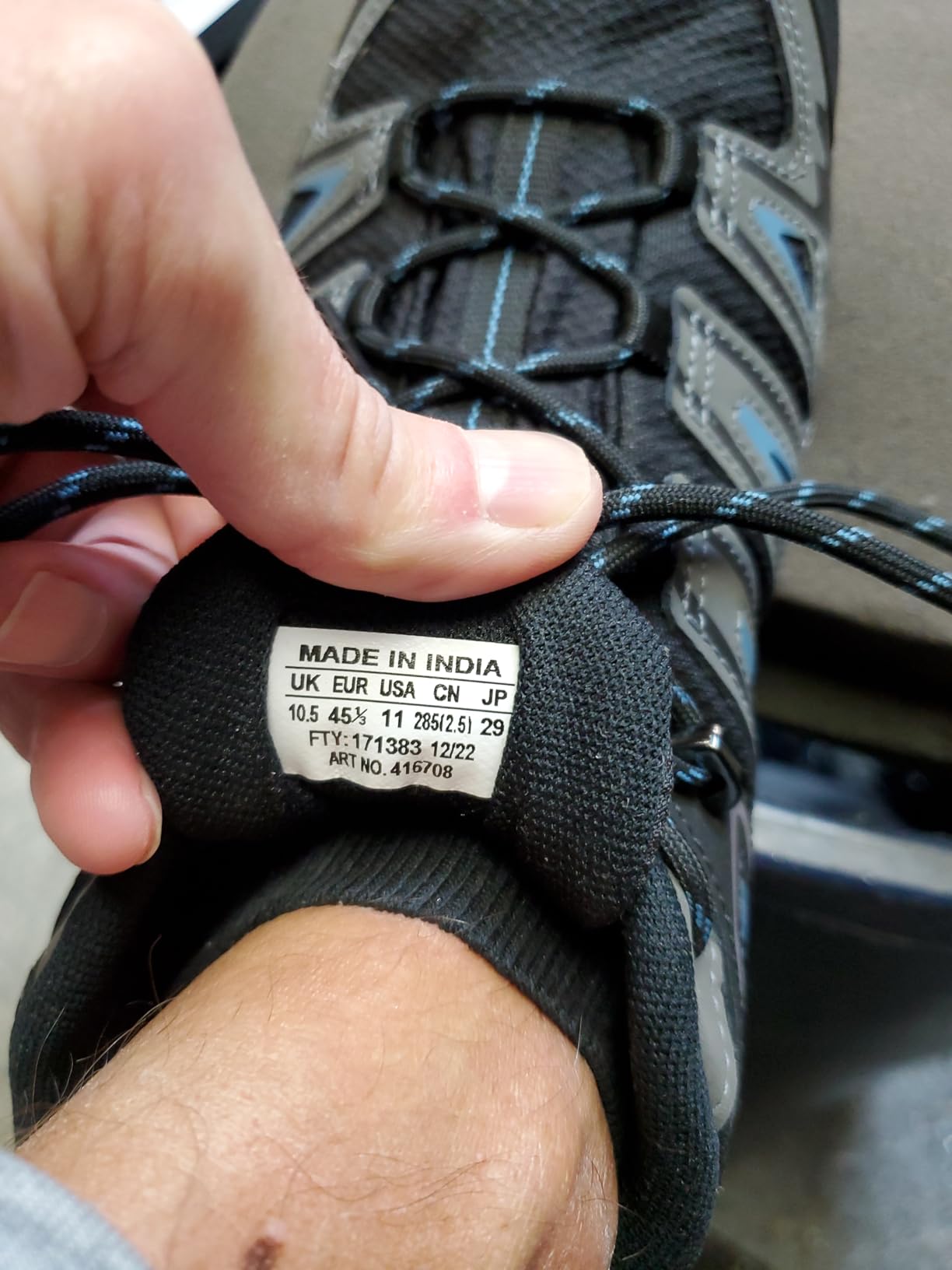
Marketing Claims vs. Reality
ClimaSalomon Waterproof: ✅ DELIVERED – This is genuinely excellent waterproof technology that actually works in real-world conditions.
“Flexible, lightweight, full waterproof bootie”: ✅/⚠️ MOSTLY TRUE – Waterproof? Absolutely. Flexible? Yes, once broken in. Lightweight? At 1.77 lbs, it’s reasonable for a waterproof hiking shoe but not what I’d call truly lightweight.
“Optimize motion control, energy management and protection”: ✅ DELIVERED – The Advanced Chassis system genuinely improves stability and energy transfer compared to basic hiking shoes.
“Versatile enough to adapt your daily life”: ⚠️ SOMEWHAT TRUE – Yes, you can wear these for daily activities, but the aggressive tread and hiking-focused design make them feel somewhat out of place on pavement.
My Overall Assessment
After 8 weeks and 45+ miles of testing, the X Ultra Pioneer sits in an interesting middle ground. It’s a genuinely competent hiking shoe that excels at its primary function – keeping your feet dry and stable on mixed terrain. But it comes with compromises that potential buyers need to understand.
What Other Hikers Are Saying
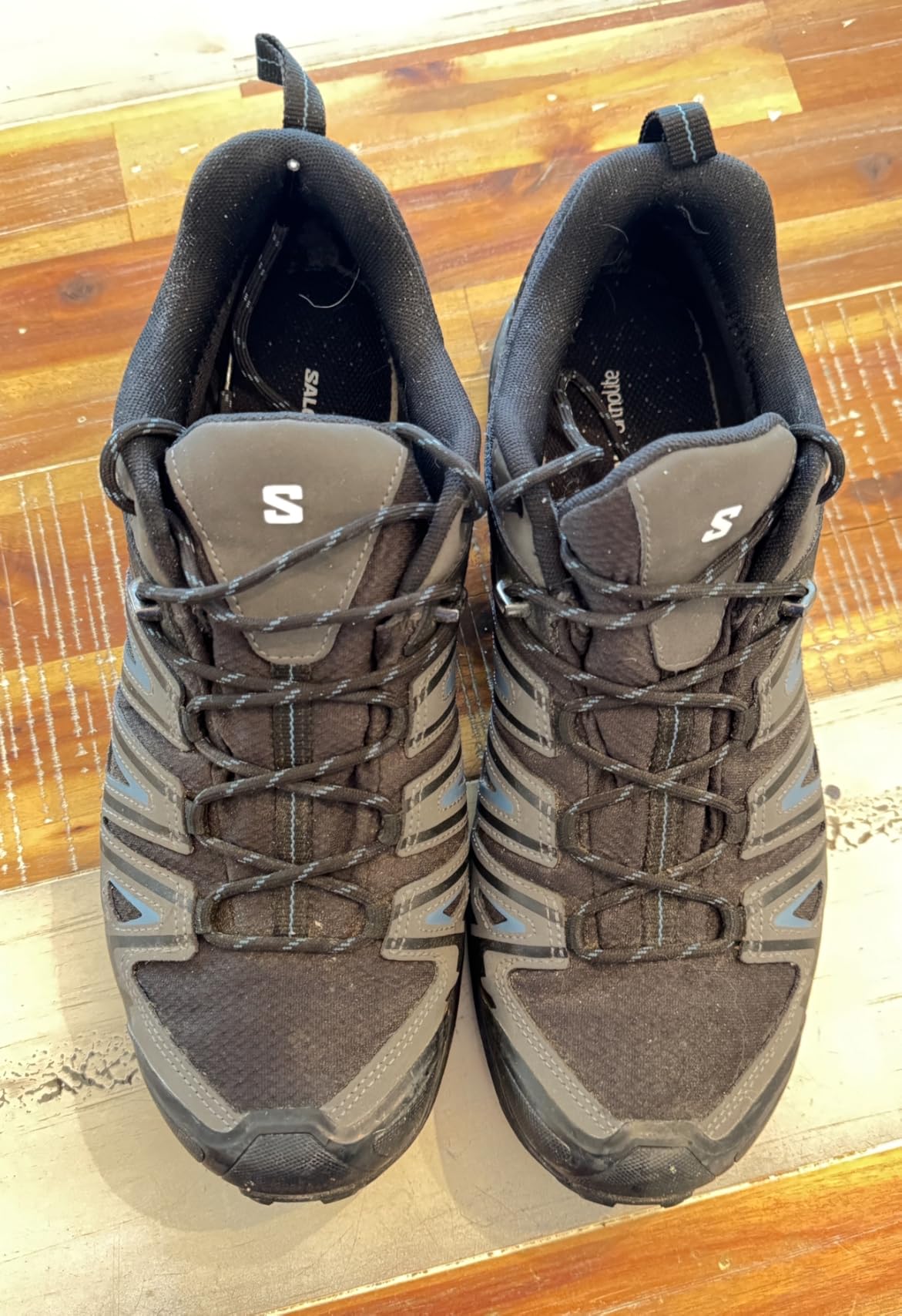
The broader hiking community echoes many of my experiences. Long-term Salomon users consistently praise the waterproofing but note quality control variations between manufacturing locations. Several reviewers mentioned that Vietnam-produced pairs felt more refined than India-produced versions.
The sizing issue is universal – nearly every review mentions the need to size up at least half a size, with many going up a full size. This isn’t just a comfort preference; it’s necessary to avoid painful pressure points during longer hikes.
Durability reports are mixed, which concerns me. While my test pair shows excellent wear after 8 weeks, some users report sole separation or lace eyelet failures within 6-12 months. For a $115 hiking shoe, this level of variability is disappointing.
Value Assessment at $115
At the current $115 price point, these shoes occupy competitive territory with established players like Merrell Moab 3 Waterproof ($110) and Columbia Redmond V2 Mid ($85). The X Ultra Pioneer offers superior waterproofing to both alternatives but sacrifices some comfort and fit flexibility.
If waterproof performance is your top priority and you don’t mind sizing up, the $115 investment makes sense. For general hiking where waterproofing isn’t critical, you might find better overall comfort in alternatives.
Final Verdict
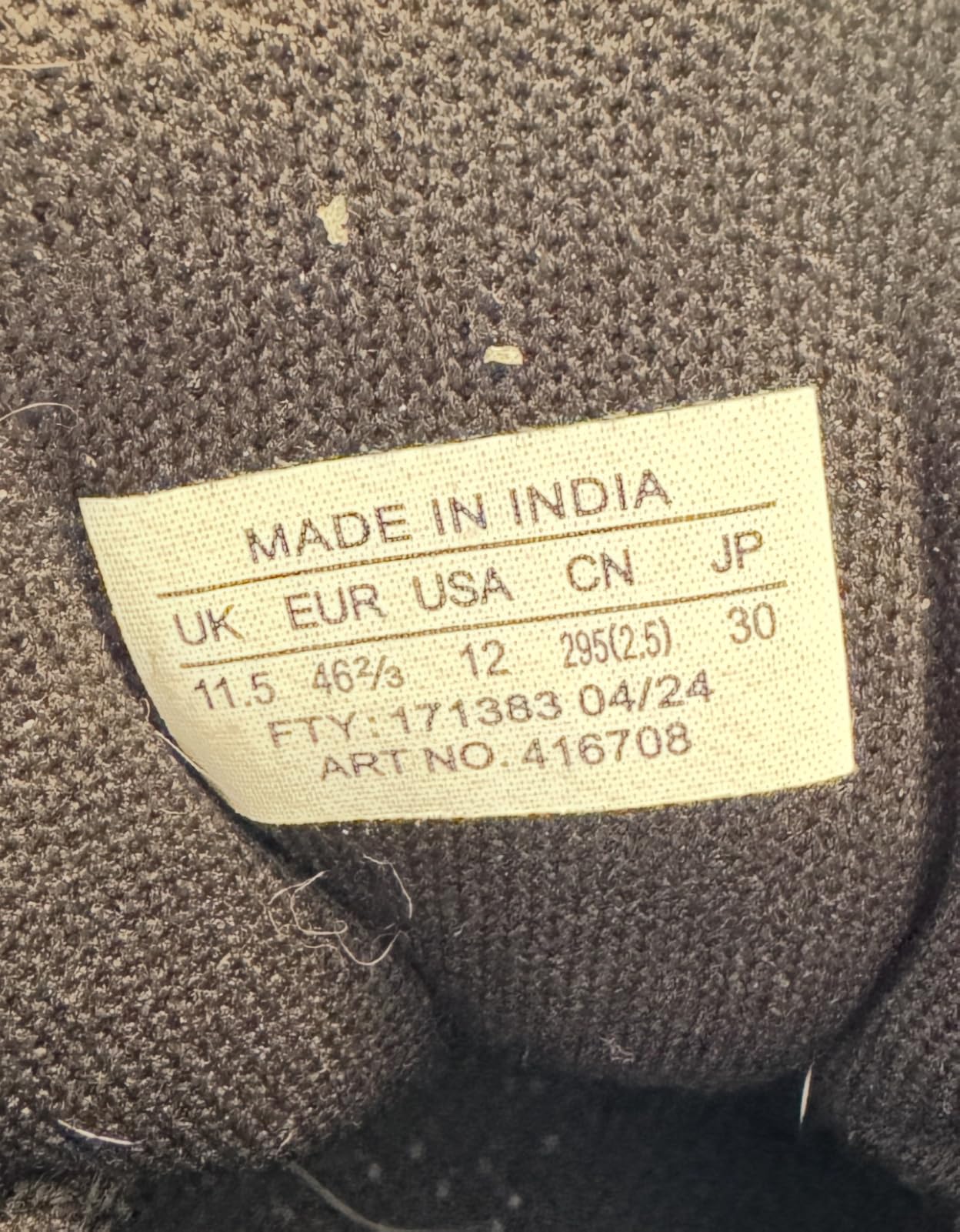
The Good and The Bad
✅ Buy If You:
- Need genuinely waterproof performance for wet conditions
- Prioritize traction and stability on mixed terrain
- Don’t mind sizing up for proper fit
- Value build quality and materials over maximum comfort
- Hike primarily in cooler weather where breathability isn’t critical
❌ Skip If You:
- Have wider feet and prefer standard sizing
- Hike primarily in hot weather where breathability matters
- Want maximum comfort for very long distances
- Don’t need serious waterproof protection
- Prefer quick-lace systems over traditional laces
Who Should Buy the X Ultra Pioneer?
The ideal buyer is an experienced hiker who understands the trade-offs involved in waterproof footwear. You’re someone who regularly encounters wet conditions where staying dry is more important than maximum breathability. You don’t mind the extra step of sizing up and understand that serious waterproof performance comes with compromises.
Parents buying for growing teenagers should be especially careful about sizing, as the narrow fit becomes more problematic with developing feet.
Better Options for Specific Needs
For maximum comfort: Consider the Merrell Moab 3 Waterproof, which offers a roomier fit and better out-of-box comfort, though with less aggressive waterproofing.
For hot weather hiking: Look at non-waterproof alternatives like the Salomon X Ultra 4, which sacrifices water protection for significantly better breathability.
For wider feet: The Keen Targhee III Waterproof offers similar waterproof performance in a wider, more accommodating last.
Final Recommendation
The Salomon X Ultra Pioneer Climasalomon Waterproof earns a qualified recommendation. It’s a well-built hiking shoe that delivers exceptional waterproof performance and solid trail capability. However, the narrow fit and breathability limitations mean it’s not for everyone.
My overall rating: 7.5/10
If you need serious waterproof protection and don’t mind the fit quirks, these shoes will serve you well. Just make sure to size up and understand what you’re getting into.
🛒 Get the best deal:
Frequently Asked Questions
Do these shoes run small or large?
They definitely run small, particularly in width. I recommend sizing up at least half a size, with many users going up a full size. The length tends to be accurate, but the narrow midfoot and toe box require extra room for comfort.
How waterproof are they really?
Genuinely waterproof. I tested them extensively in creek crossings, puddles, and heavy rain. The ClimaSalomon membrane never failed. However, this comes at the cost of breathability – your feet will get sweaty in warm conditions.
Can I use these for trail running?
While marketed as trail running shoes, they feel more like lightweight hiking shoes. The waterproof membrane and heavier construction make them less ideal for running compared to dedicated trail runners. They work best for hiking and walking.
How do they compare to other Salomon hiking shoes?
Compared to the older X Ultra 3, these have traditional laces instead of the speed-lace system and reportedly different insole quality. The waterproofing appears improved, but some users prefer the overall feel of earlier models.
Are they good for everyday wear?
They work for daily wear but are clearly designed for outdoor activities. The aggressive tread pattern and hiking-focused design make them feel somewhat out of place on pavement for extended periods.
What about durability and warranty?
Build quality appears excellent in my testing, but some users report durability issues within 6-12 months. Salomon offers a 2-year warranty, but warranty service varies depending on where you purchase them.
Current pricing and where to buy?
is around $115, which is competitive for waterproof hiking shoes. Watch for sales, as these sometimes drop to the $90-100 range.
Comprehensive Scoring Summary
| Final Performance Assessment | |
|---|---|
| Waterproof Performance | 9.5/10 |
| Trail Traction | 8.0/10 |
| Build Quality | 8.5/10 |
| Comfort & Fit | 6.5/10 |
| Breathability | 4.0/10 |
| Value for Money | 7.5/10 |
| Overall Score | 7.5/10 |
Get the best price on Amazon:

